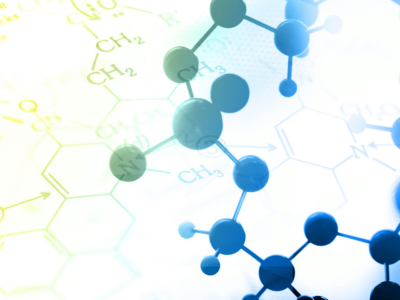LA-ICPMS – Laser Ablation Inductively Coupled Plasma Mass Spectrometry
Description: Laser Ablation Inductively Coupled Plasma Mass Spectrometry (LA-ICP-MS) is an analytical technique that combines laser ablation with inductively coupled plasma mass spectrometry for elemental and isotopic analysis of solid samples. It allows for precise and localized analysis of the elemental composition of solid surfaces with high sensitivity. Principle: LA-ICP-MS involves using a laser to …


